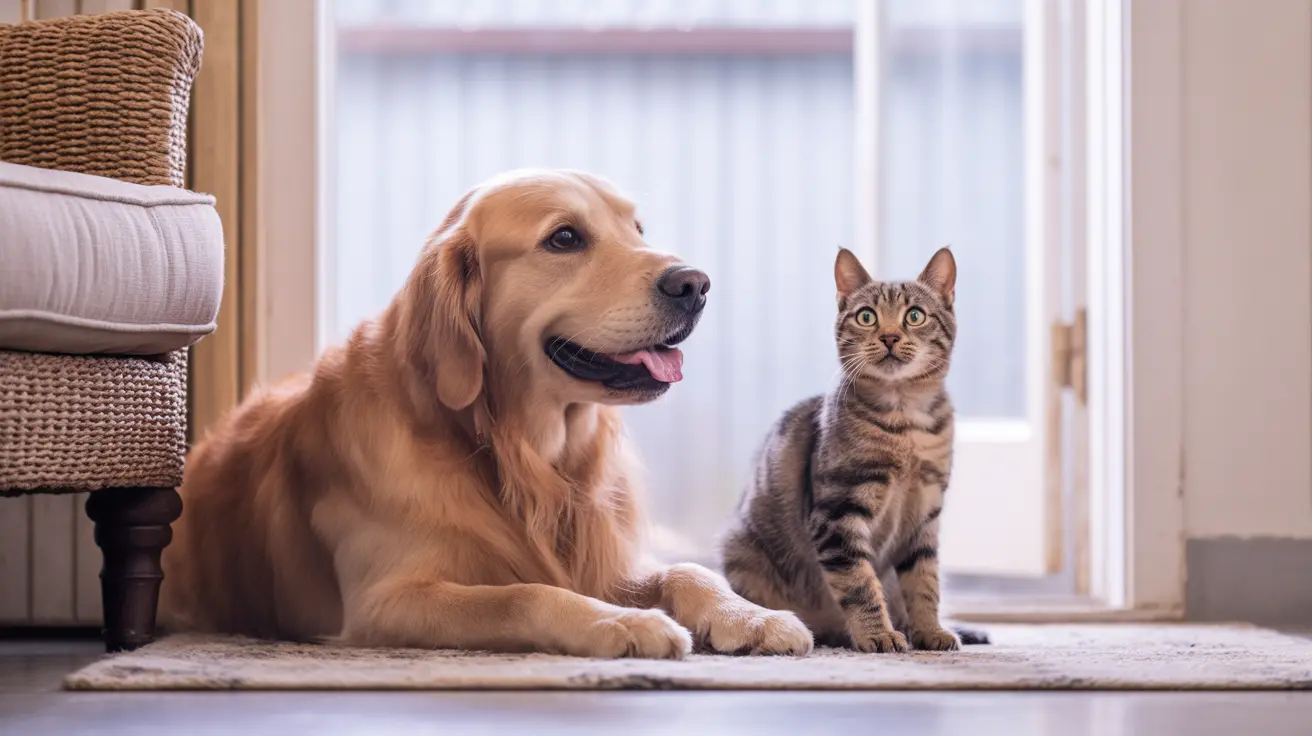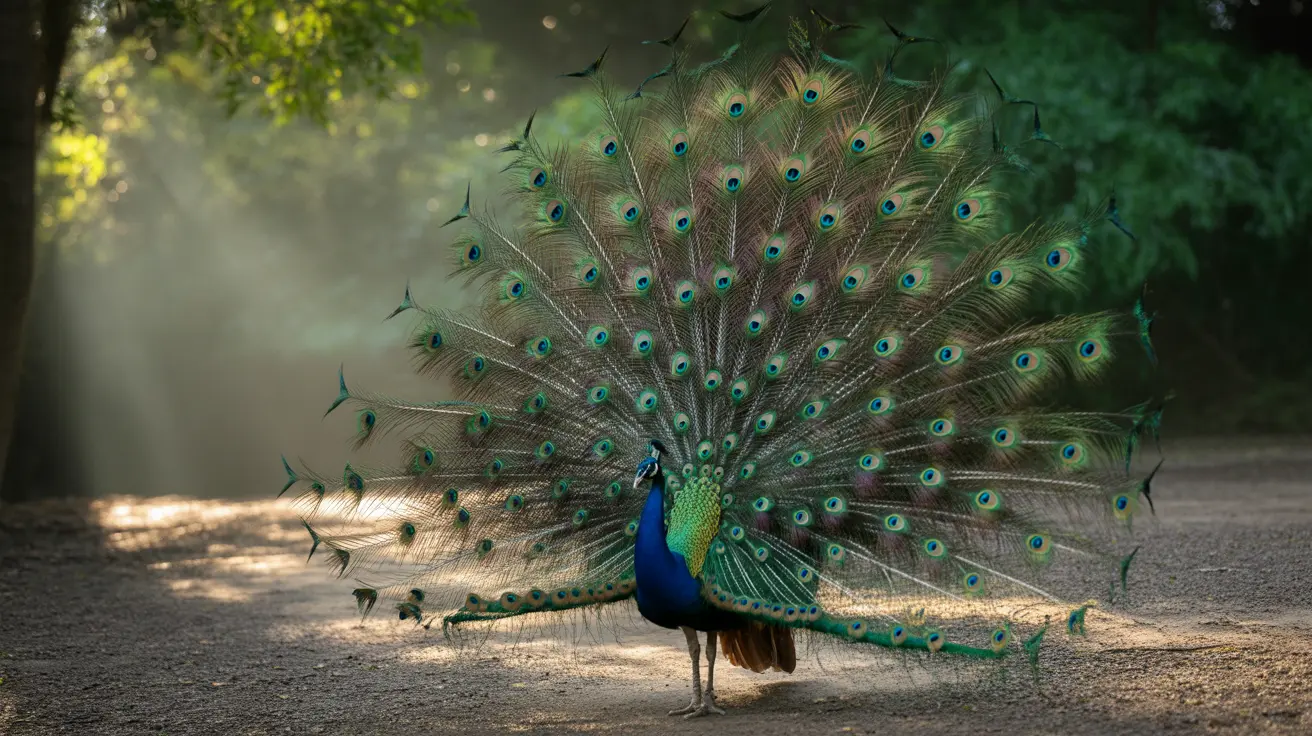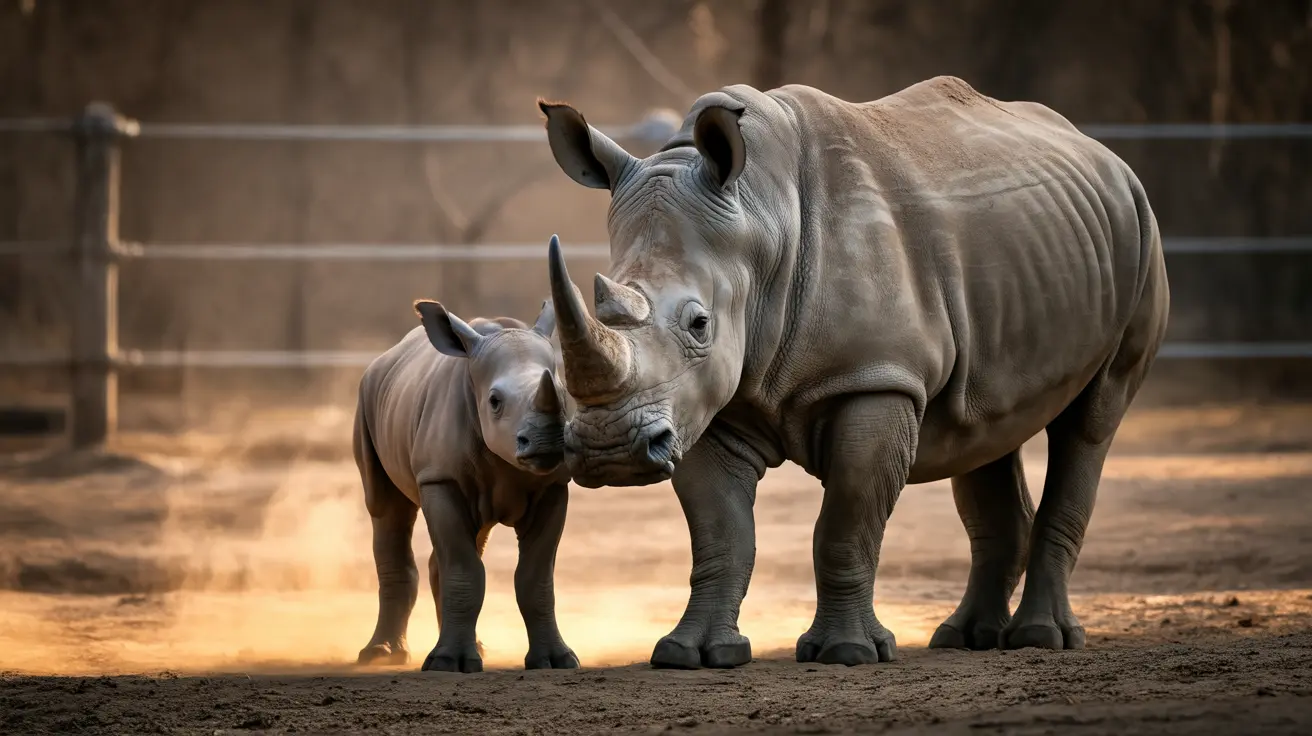Understanding Different Animal Vocalizations
Just as The Sound of Animals Fighting members use animal aliases to create their distinctive sound, our pets have evolved specific vocalizations for different purposes. Dogs bark to alert, whine to express need, and growl to warn. Cats purr contentedly, meow for attention, and chirp when excited. These sounds form the natural soundtrack of pet ownership.
The Language of Dogs and Cats
While The Maiden album explores experimental post-hardcore sounds, our pets' vocalizations are equally complex in their way. Dogs use varying pitch and intensity to communicate different messages, while cats have developed specialized sounds specifically for human interaction.
Interpreting Pet Communication
Like how progressive rock collectives blend different musical elements, animals combine various communication methods:
- Vocal sounds (barks, meows, chirps)
- Body language (tail position, ear movements)
- Behavioral cues (pacing, scratching)
- Facial expressions (eye contact, mouth position)
Reading Your Pet's Signals
Understanding these communication signals is crucial for pet owners. Just as The Sound of Animals Fighting creates concept-driven rock albums, our pets have their own "concepts" behind their various vocalizations and behaviors.
Responding to Your Pet's Communications
Similar to how collaborative music projects require careful listening and response, effective pet care depends on recognizing and appropriately responding to our animals' communication attempts. This builds trust and strengthens the human-animal bond.
Frequently Asked Questions
Why do different animals make such distinct sounds?
Animals have evolved specific vocalizations that best suit their anatomy and communication needs. These sounds help them express emotions, warn of dangers, and interact with their social groups.
How can I better understand what my pet is trying to tell me?
Pay attention to the context of vocalizations, observe body language, and note patterns in behavior. Different sounds combined with specific situations help indicate your pet's needs or emotions.
When should I be concerned about my pet's vocalizations?
Any sudden changes in your pet's normal vocalization patterns, excessive noise-making, or sounds of distress should be evaluated by a veterinarian to rule out health issues.
Conclusion
While The Sound of Animals Fighting creates artistic interpretations of animal sounds in their progressive rock format, real animal communication remains a fascinating aspect of pet ownership. Understanding these natural vocalizations helps us better care for our beloved companions and strengthens our bonds with them.
Remember that each pet is unique in their communication style, just as each animal-inspired track on The Maiden album offers its own distinctive sound. Taking time to learn your pet's personal "language" is key to providing the best possible care and companionship.






